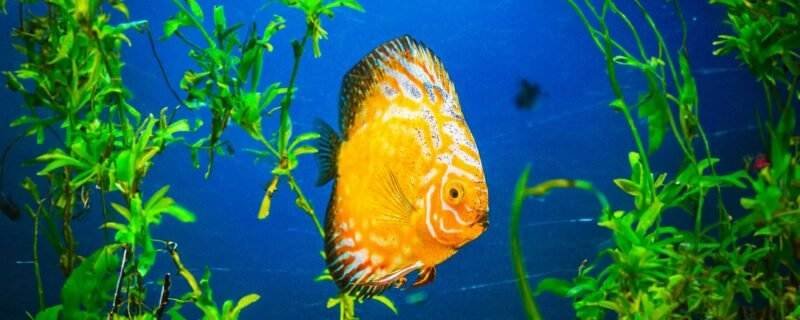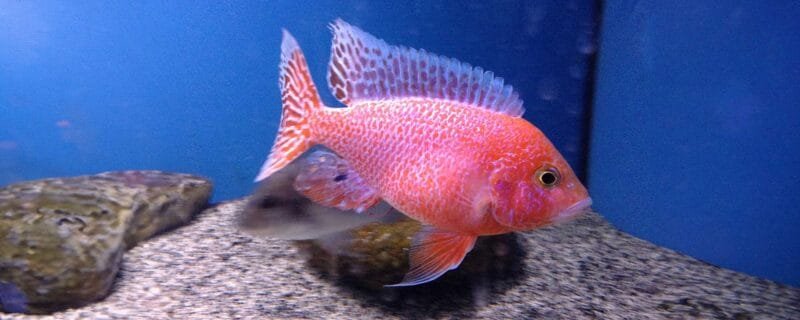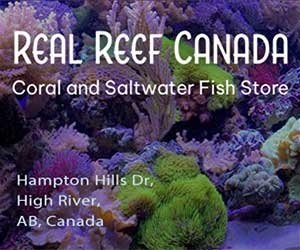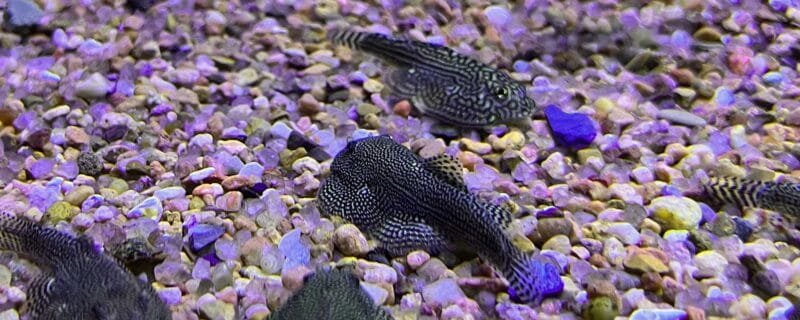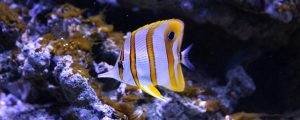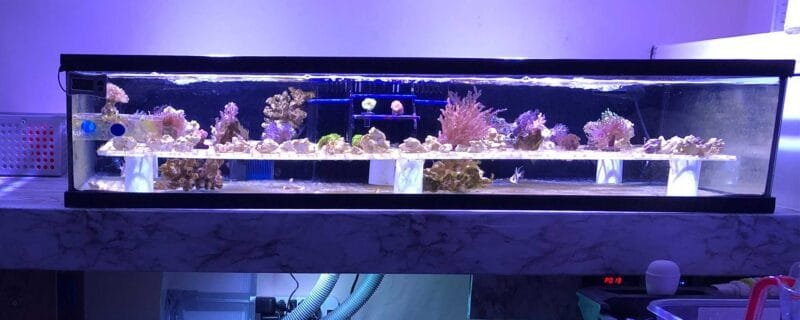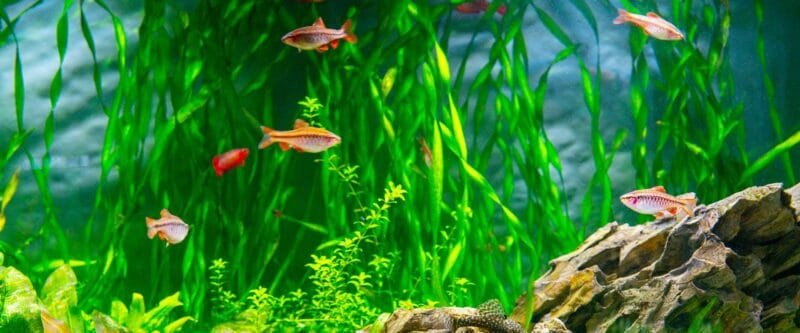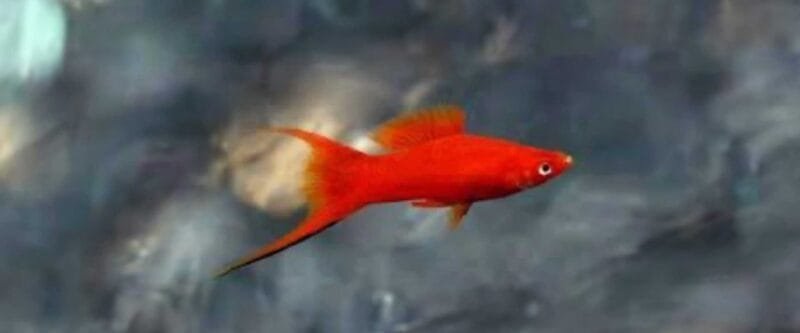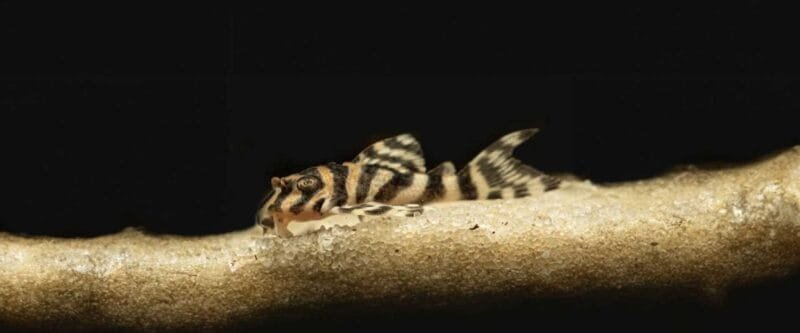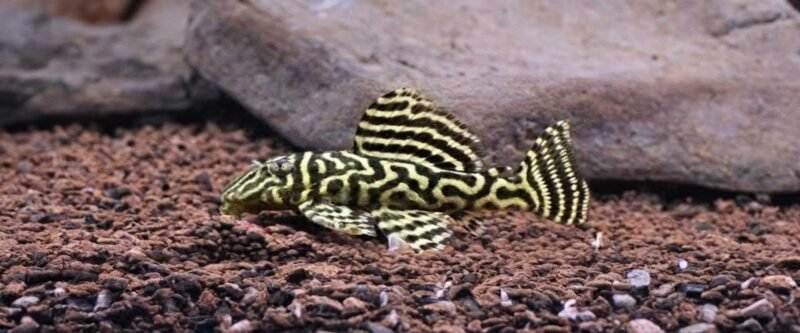The Enigmatic Mayan Cichlid: A Masterpiece of Nature
Introduction
Beneath the shimmering waters of Central America, the Mayan Cichlid (Cichlasoma urophthalmus) reigns as a captivating representative of the region’s aquatic treasures. Renowned for its striking colors and intriguing behaviors, this cichlid species has become a fascination for both aquarists and naturalists. In this blog post, we’ll embark on a journey to uncover the mesmerizing qualities of the Mayan Cichlid, including its Latin name, size, natural habitat, types, dietary preferences, alternative names, feeding requirements, and its suitability for aquarium care.
Mayan Cichlid Basics
Latin Name: Cichlasoma urophthalmus
Size: The Mayan Cichlid is known for its moderate size, typically reaching lengths of 8 to 12 inches (20 to 30 centimeters). Its graceful proportions make it an attractive addition to both home aquariums and natural habitats.
Natural Habitat: These captivating cichlids are native to the freshwater ecosystems of Central America. In the wild, they are commonly found in the warm waters of Mexico, Belize, Guatemala, and Honduras. Their habitat includes freshwater lakes, rivers, and lagoons with sandy or muddy bottoms.
Habitat: Mayan Cichlids are well adapted to a variety of aquatic environments, including brackish waters near coastal regions and even canals. They often inhabit areas with aquatic vegetation, submerged logs, and rocky structures that provide shelter and hiding spots.
Types: While the Mayan Cichlid (Cichlasoma urophthalmus) represents a distinct species, within the cichlid family, there are numerous other species, each distinguished by its unique coloration and markings. However, the Mayan Cichlid stands out for its vibrant colors.
Diet and Feeding Habits
Mayan Cichlids are omnivorous and have a diverse diet that includes:
- Insects: They feed on various aquatic and terrestrial insects.
- Small Fish: Juvenile Mayan Cichlids are known to consume small fish.
- Algae and Plants: They also graze on algae and aquatic plants.
- Crustaceans: Crustaceans like small shrimp and crustacean larvae are a part of their diet.
In captivity, it’s essential to offer them a varied diet that replicates their natural feeding habits.
Alternative Names
While commonly known as the Mayan Cichlid, they may also be referred to as the Mexican Mojarra due to their presence in Mexico. In some regions, they are simply called Mayan fish.
Feeding Requirements
Mayan Cichlids thrive when provided with a balanced diet. In aquariums, you can feed them:
- High-quality cichlid pellets or flakes
- Frozen or live foods like brine shrimp and bloodworms
- Vegetable matter, such as blanched spinach or algae-based foods
Feeding them twice a day with small, manageable portions is usually sufficient to meet their dietary needs.
Ease of Care
Mayan Cichlids are generally considered relatively easy to care for in a well-maintained aquarium setup. Several factors to consider include:
- Tank Size: A 30-gallon tank or larger is recommended to provide them with ample swimming space.
- Compatibility: They can be territorial, especially during breeding. Carefully select tankmates that are of similar size and temperament.
- Water Quality: Maintaining stable conditions with a temperature range of 75-80°F (24-27°C) and a pH level of 7.0-8.0 is crucial.
- Feeding: A balanced diet that includes a variety of foods will help keep them healthy and vibrant.
Conclusion
In conclusion, the Mayan Cichlid (Cichlasoma urophthalmus) is a captivating addition to any aquarium, offering a glimpse of the vibrant aquatic life of Central America. With proper care and attention to water quality, aquarists can enjoy the striking beauty and unique behaviors of the Mayan Cichlid in their own aquatic haven. Whether you’re a beginner or an experienced enthusiast, these cichlids are sure to make a stunning and relatively easy-to-care-for addition to your underwater world.


